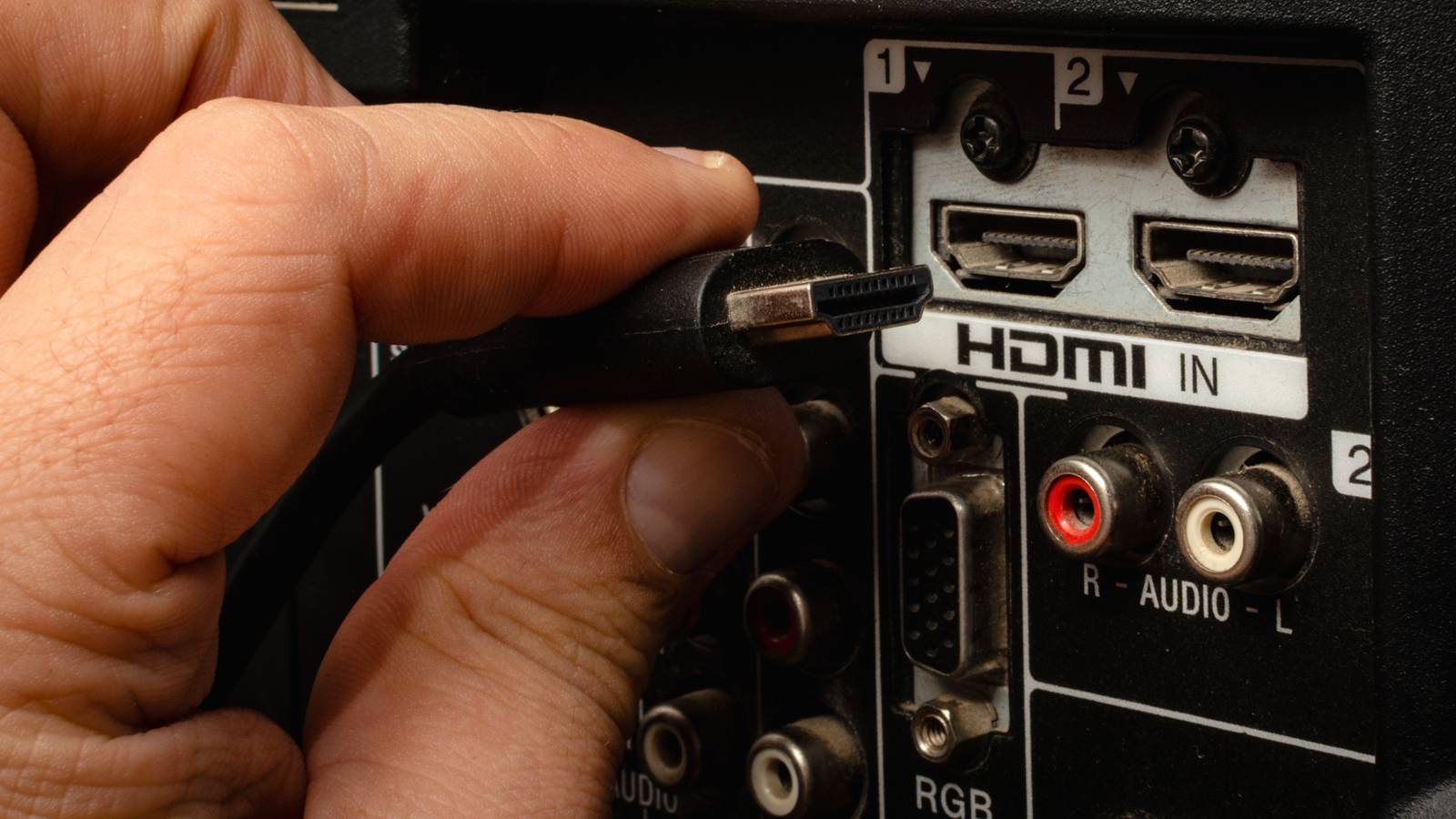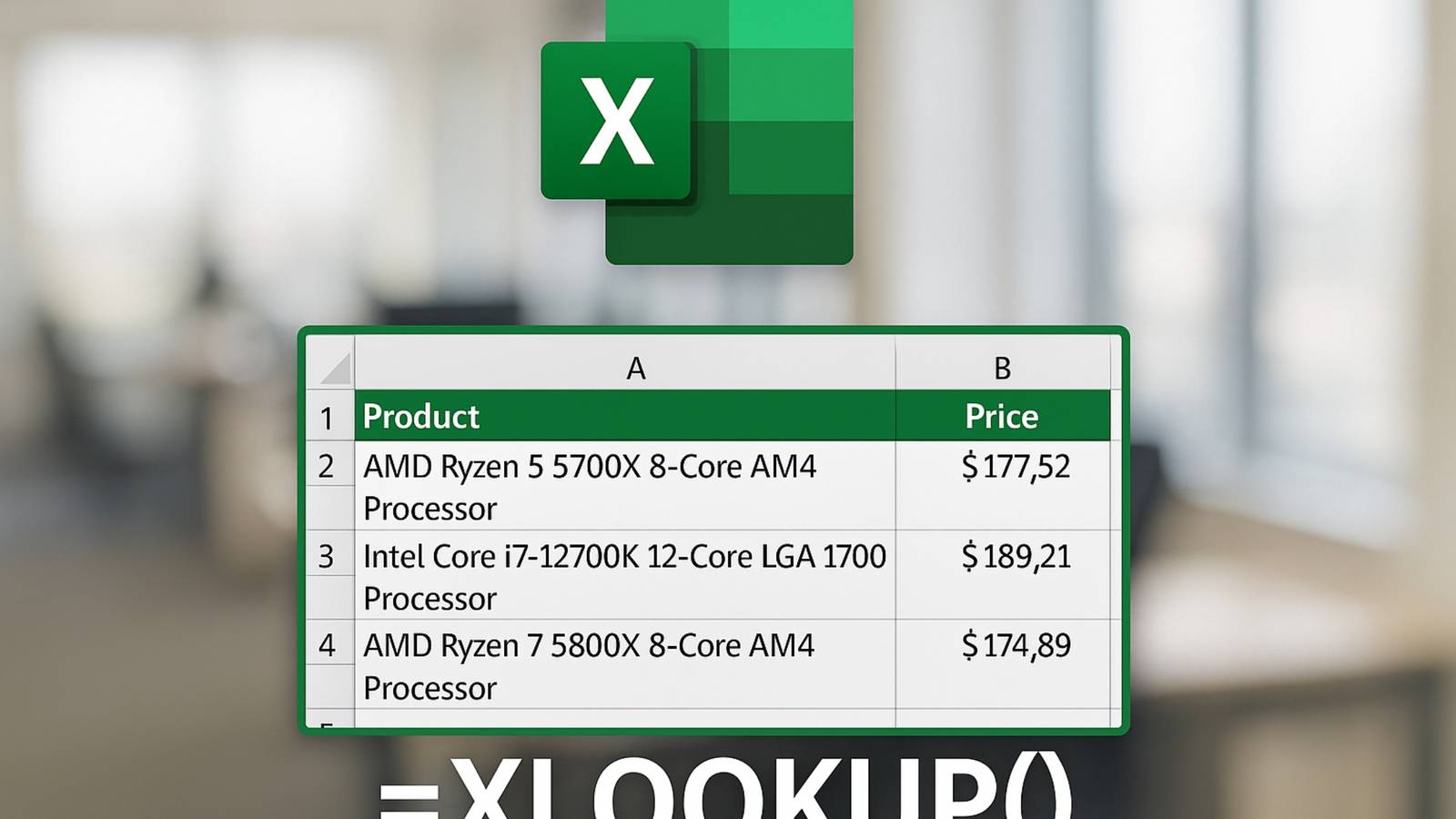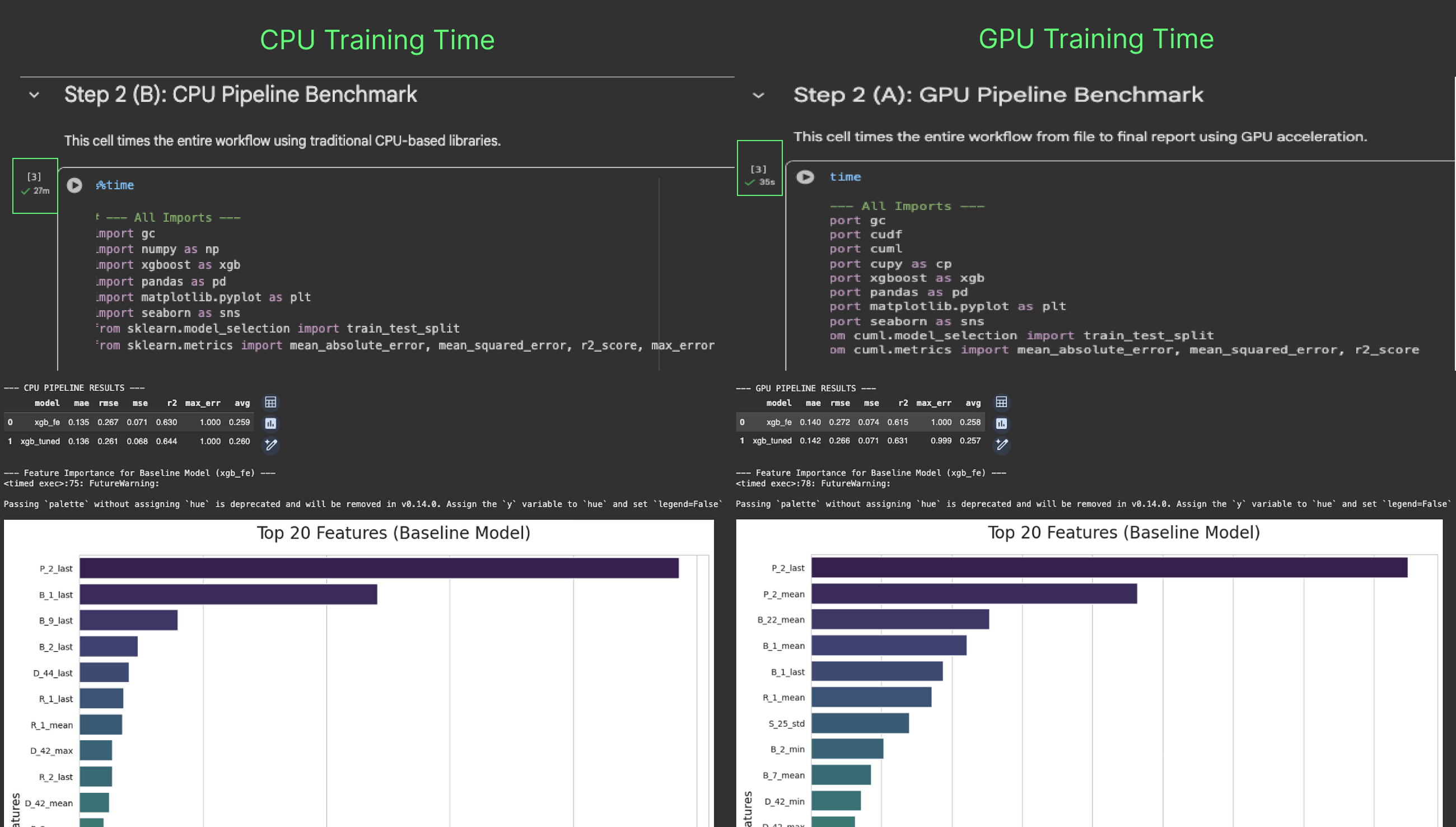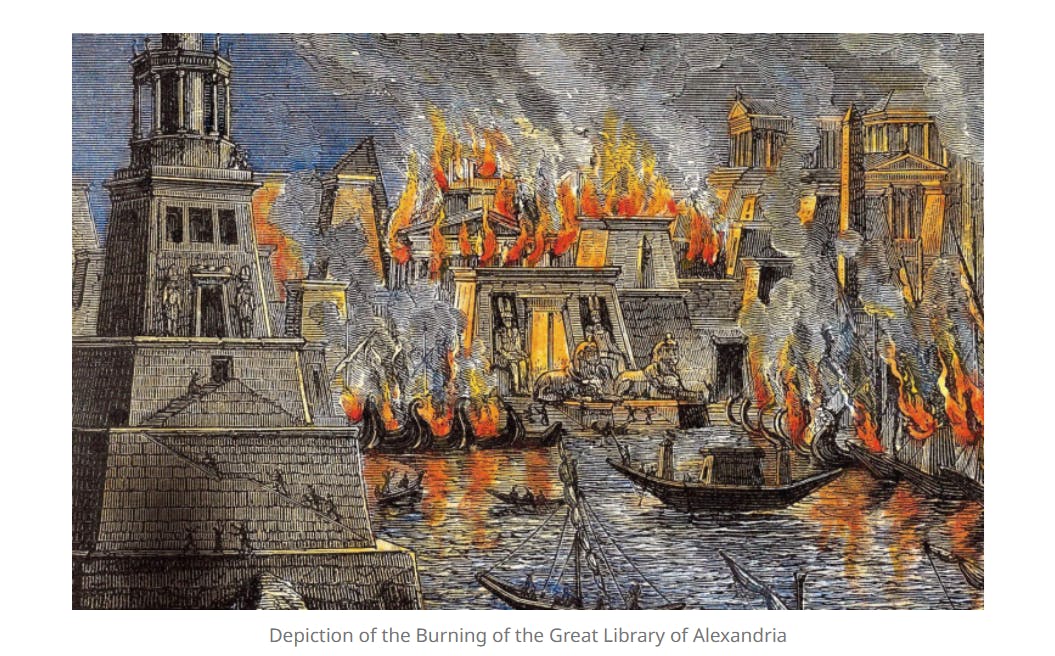When it comes to home entertainment, I have always focused primarily on the big-ticket items, such as my flat-panel TV, soundbar/subwoofer combo, and gaming console. I didn’t pay much attention to what connects them all together. For years, I bought the cheapest HDMI cables, assuming that they were good value and did pretty much the same job—and for the most part, they did.
However, as technology improved, I noticed some issues starting to appear, such as a flickering screen or gaming lag. As a musician who has always insisted on using the best-quality gold-plated connectors for my audio gear, it struck me: Could it be the HDMI cables? As it turns out, modern HDMI technology requires specific features that cheap cables don’t support, and we shouldn’t settle for bargain-bin cables if we want to achieve the best results.
The crucial feature: HDMI 2.1 support
This is what makes HDMI 2.1 essential for modern TVs and consoles
The leading cause of HDMI-related performance issues is the lack of HDMI 2.1 (Ultra High-Speed) certification. Older and cheaper cables typically meet HDMI 1.4 or 2.0 standards, which can handle 1080p and basic 4K resolution, whereas HDMI 2.1 unlocks the full potential of modern TVs and consoles. It supports bandwidths of up to 48 Gbps, facilitating uncompressed 4K at 120Hz or even 8K at 60Hz, resulting in smoother gaming, improved motion handling, and more vibrant colors.
If you don’t have HDMI 2.1 (or the latest HDMI 2.2) connectivity, you’ll miss out on essential features, such as Variable Refresh Rate, Auto Low Latency Mode, and eARC (Enhanced Audio Return Channel). These all significantly improve your audio and visual performance, and without the right connectors, you’re essentially throttling the capabilities of your audiovisual setup.
The myth that all HDMI cables are equal
Not every cable delivers the same performance
For years, I believed that HDMI cables were just digital conduits, and that a $5 cable would transmit the same signal as a $25 one. To a certain extent, this was true, back in the days of 1080p screen resolutions and refresh rates that hovered around 60Hz. However, with the introduction of 4K at 120Hz, HDR (High Dynamic Range), and advanced audio formats like Dolby Atmos and DTS:X, HDMI cables had to meet the demands of the advancing tech.
When it comes to cheap cables, it’s not a matter of whether they can carry a signal at all, as they will certainly perform to some extent. It’s a case of whether they will carry the full signal without any compression, dropouts, or compatibility issues. If you’ve invested in a high-quality audiovisual setup and want to get the most out of your viewing and gaming experience, this distinction is critical.
My experience with cheap cables in real use
The problems I noticed when cutting corners on cables
Soon after its release, a friend of mine excitedly brought his new PlayStation 5 over to my house, and we were both disappointed when we experienced input lag and slight screen tearing while playing Fallout 4. After careful consideration, we determined that the issue wasn’t with the hardware, but with our use of the crusty old HDMI cable that was already connected to my TV, rather than the Ultra High-Speed HDMI 2.1 cable included in the PS5 box.
Cheap HDMI cables like this often cut corners by using weaker shielding, poor manufacturing, and lower-quality materials. The performance issues we experienced were symptoms of a cable that just couldn’t handle the bandwidth. Considering how much I spent on my TV and peripherals, it quickly dawned on me that I should not be cheaping out on connectors.
Future-proofing my setup
The right cable choice saves money and hassle long term
I decided to future-proof my setup because I have my eye on a soundbar with virtual surround sound, and I plan to upgrade to a larger 8K TV in the near future. As higher screen resolutions become more common and gaming pushes ever-higher frame rates, my cables should meet the demand. Even at the more premium end of the scale, I ended up buying two certified Ultra High-Speed HDMI cables for less than $50.
A cheap HDMI cable saves you a few bucks in the short term, but it is a false economy that could cause you a lot of frustration down the road. Put simply, by investing in a high-quality, certified HDMI 2.1 cable, you are prolonging the lifespan of your entertainment setup and getting the performance you paid for.
Why compromise on the fundamentals?
The truth is, not all HDMI cables are created equal. Without full HDMI 2.1 support, you are missing out on higher bandwidth, faster refresh rates, richer colors, and advanced audio features. We’ve all been skeptical of marketing hype regarding upgrades that are often superfluous to our needs, but by spending a little more on certified Ultra High-Speed HDMI cables, you unlock the performance that your devices were designed for. In my case, it was one of the most cost-effective improvements to my audiovisual setup, and I’ll undoubtedly be making the upgrade to HDMI 2.2 when advances in technology deem it necessary.













